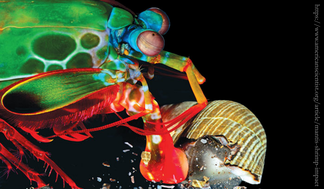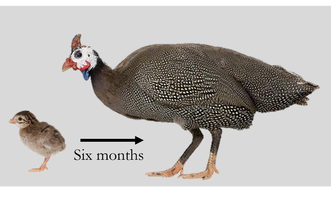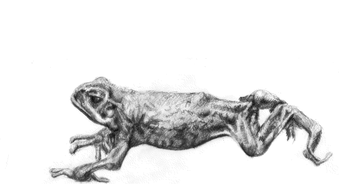I study how animals move. This means that I work at interface between engineering and biology and physics. Specifically, I try to understand how plants and animals integrate passive elastic elements (tendons, exoskeletons, cellular membranes) to push the boundaries of biological motion. Like a bow can help us throw an arrow faster than we could with our arm, organisms using springs to jump further, run faster or use less energy than they could with muscle alone. But springs don't always help. So, a big part of my work is trying to understand when and how they do.
To study this, I combine surgical manipulations, growth studies, and under-the-skin measurements of what muscles are doing as animals move with wearable robotics and computer models of the system. This allows me to study these questions both at the mechanistic level (how these pieces work together) as well as linking this local understanding to whole organism performance.
To study this, I combine surgical manipulations, growth studies, and under-the-skin measurements of what muscles are doing as animals move with wearable robotics and computer models of the system. This allows me to study these questions both at the mechanistic level (how these pieces work together) as well as linking this local understanding to whole organism performance.
Physical constraints over evolutionary timeHow does physics limit biology?
What are the upper limits on the performance of elastic systems? |
Plasticity over an individual's lifetimeHow do individuals tune their system for different functions, in different environments or after injury?
|
Neural control
|


